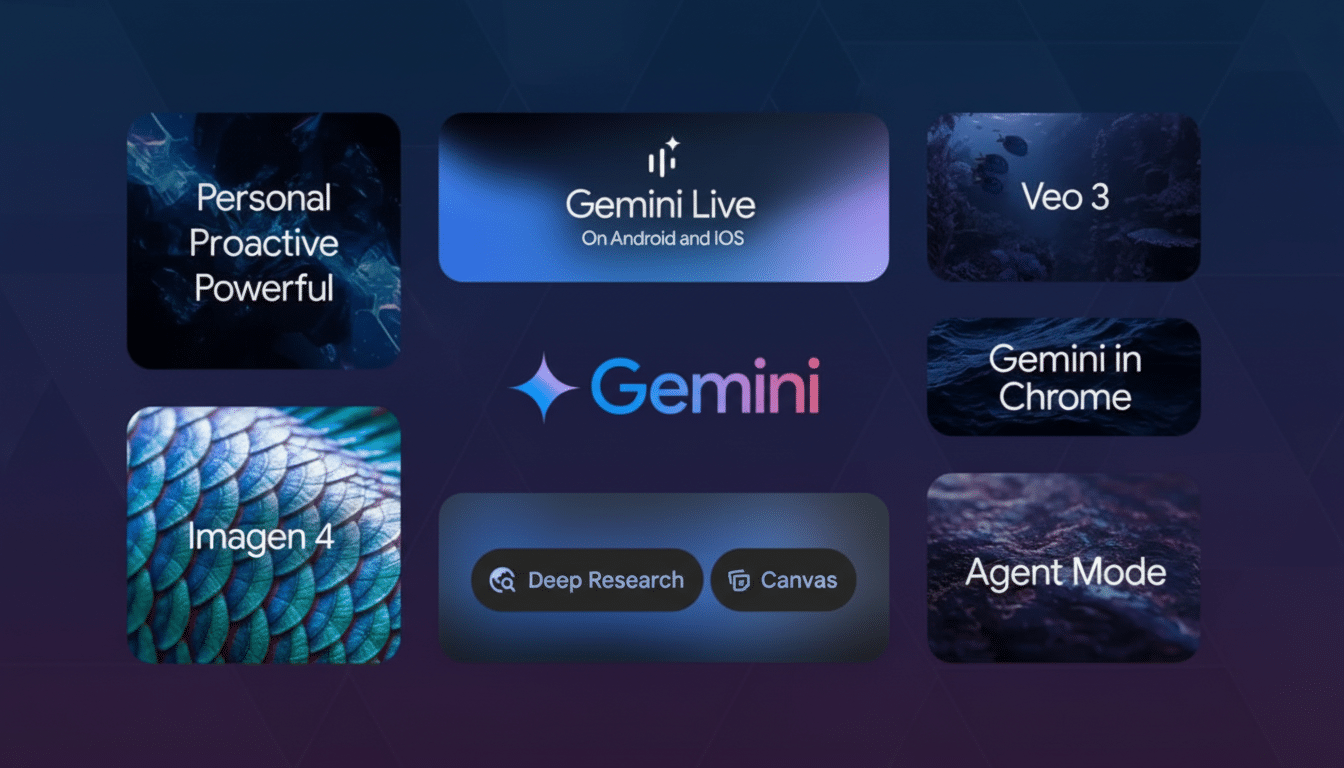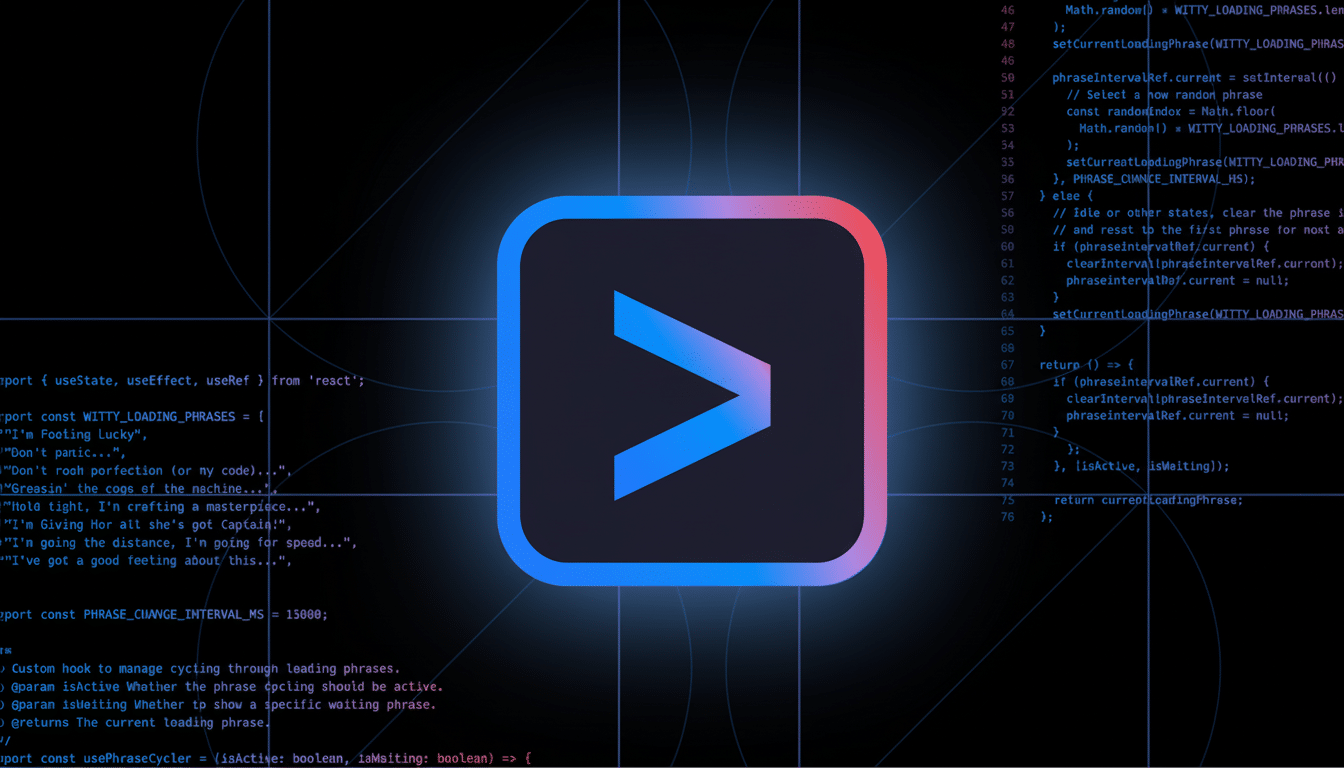Google is introducing Gemini Agent, an experimental AI model that builds on the chat capabilities of its previous conversational agent by being able to plan and take action in both web and Google app environments. Now launching on desktop in the U.S. among Google AI Ultra subscribers, along with being in line with the new Gemini models, this tool clearly has one goal: make an AI assistant into an actual operator that gets things done instead of simply talked about.
A Personal Agent That Spans the Apps and Internet
The Gemini Agent is able to read and execute multi-step natural language instructions, which it can package in a single prompt and take from end-to-end.
- A Personal Agent That Spans the Apps and Internet
- What It Can Do Now: Examples of Tasks and Workflows
- Start with Permissions First and Provide Revocable Access
- Safety Realities and Known Risks of Agentic Systems
- Why This Launch Matters for Google and AI Assistants
- Early Limits and Availability for U.S. Desktop Users

It can add meetings to your calendar, filter emails in your inbox, create slide decks, and present you with the most important files in Drive — then suggest an answer that corresponds to the proper context. Users can follow up with questions at any point and also get a glass-box view of what the agent is doing.
When browsing is necessary, Gemini Agent launches a self-contained Chrome pane within its interface by first requesting to “allow content sharing.” There, it scrolls itself, clicks links, and collects data to finish a task while leaving your primary browser session untouched. While out of the way, you can hover and “Take control,” manually steering the page without interrupting your workflow.
What It Can Do Now: Examples of Tasks and Workflows
Think: “Pull up my most recent unread message from a teammate, fetch the associated project files from Drive and open them for review.” Or: “Summarize the outstanding discussion items, hover at my keyboard and auto-draft a brief acknowledgment of next steps.” Gemini Agent can conduct that chain without making you jump between tabs. It’s as comfortable cutting a morning brief based on your calendar and inbox, or pulling research off the web and practicing outlining it and turning it into a slide deck draft.
The agent’s goal is to minimize prompting interactivity. You can have a goal — to plan that weekend itinerary, compare product specifications across reputable references, or collect expense receipts from email into a spreadsheet — and let the system orchestrate actions, request the right permissions, and report intermediate outcomes with histories of steps taken.
Start with Permissions First and Provide Revocable Access
Gemini Agent works from explicit permissions. Before it brushes against Gmail, Calendar, or Drive — or sends a message, or makes a purchase — it asks permission. Google points out that users have the ability to revoke permissions and delete shared information at any time, and also says that the sandboxed browsing pane is entirely separate from your main browser’s saved logins and sessions.

That design decision makes the agent lower risk but less universal. Without full access to your browser profile, it can’t automatically log in with your existing saved passwords or perform actions on your behalf like clicking buttons. It’s a practical trade-off: fewer frictionless automations, but also fewer opportunities for accidental access where it matters.
Safety Realities and Known Risks of Agentic Systems
Agentic systems may be vulnerable to immediate injection and data dumping into web pages or documents. This is a concern industry groups like OWASP have raised in their LLM security guidelines, and researchers continue to show that even with a good model, adversaries can manipulate it in the right circumstances. Google’s system — permissions, transparency into actions, and a contained browsing environment — minimizes exposure but does not eliminate it, so cautious use is even more of the essence.
Why This Launch Matters for Google and AI Assistants
The timing highlights a broader move toward favoring “doers” as well as “talkers” in AI. Rivals are sniffing out similar agentic experiences, from Perplexity’s Comet to emergent browsing agents in other chat platforms. Google’s head start is reach: Workspace has billions of users, and Gmail alone serves more than a billion accounts; it has an enormous installed base in which a competent agent can immediately find value.
There’s also a browser advantage. As well as its desktop market share — still substantial worldwide, according to StatCounter — the fact Gemini Agent doesn’t piggyback on your logged-in session would also be negated somewhat by tighter hooks into Chrome’s (presumably much faster) rendering and performance profile in future iterations. If Google can safely widen what the agent is permitted to do, the real-world effects could be large.
Early Limits and Availability for U.S. Desktop Users
At launch, Gemini Agent can be accessed on desktop by Google AI Ultra subscribers in the U.S. It’s framed as experimental, and it feels like one: not all workflows will be able to run end-to-end without the occasional handoff, and certain purchase or messaging actions will be left behind explicit confirmations. Still, being able to coordinate a complicated task off a single cue is a big jump from traditional chatbots.
If Google can remain transparent, grow safe automations, and not lose sight of user control, the Gemini Agent could soon be functioning as the connective tissue between search, productivity, and action. In a market filled with AI assistant competition, the bar is shifting from providing answers to delivering results — exactly where this agent wants to play.

